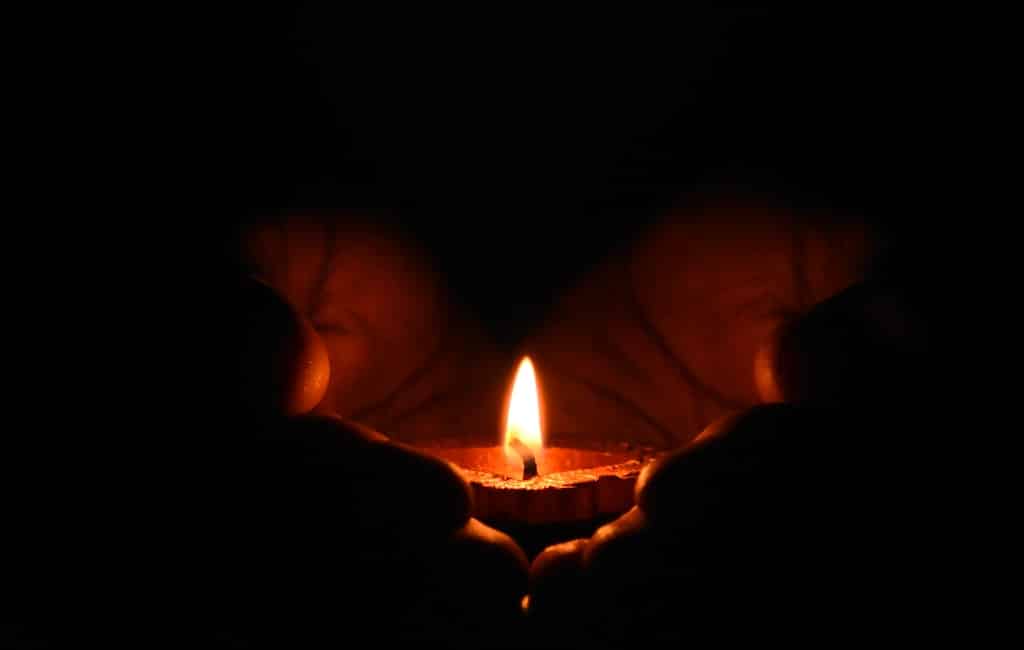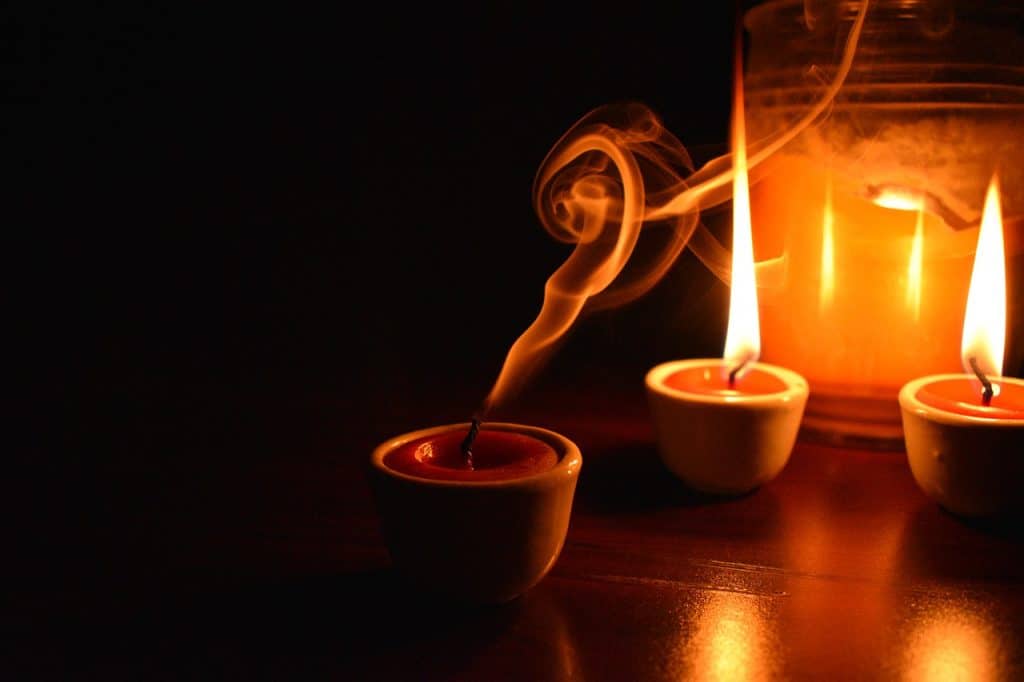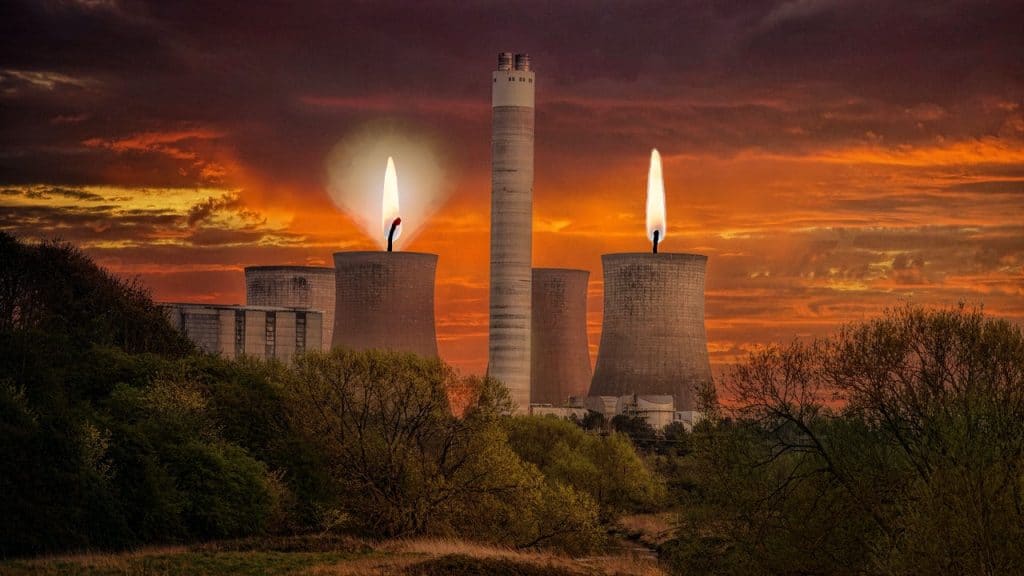Candle making is becoming more popular as the days go by. This development is very interesting, when we consider the fact the art of candle making slipped into decline, following the invention of the electric light bulb in the 19th century.
This popularity of candles is largely due to the growing interest in scented candles, and the important role they play in aromatherapy. Regardless, this renewed interest in candle-making has opened the door to a lot of creativity and modern advancements in candle-making. It has also led to a lot of questions about candles.
IMPORTANT FACTS ABOUT CANDLES
Candles may seem like small items, however, there is quite a lot to know about them. Some of them include the following facts:

- They are made up of wax and wick
Candles are typically made up of two main parts, which are the candle wax and the candle wick. The candle wax is the energy source of the candle, which provides the fuel that feeds the flame burning on the wick. The composition of the wax goes a long way in determining properties of the candle, such as its burn time, its texture, the integrity of its wax structure, its natural color and natural aroma. The type of candle wax used in making a candle may also determine how cleanly it burns (i.e. the amount of smoke, soot and other by products/materials that may be produced during candle burning). Beeswax is the best type of candle when it comes to overall quality.
The candle wick is also a large contributor to the quality and integrity of the candle (i.e. the type and quality of the wick can make the candle burn faster or slower than usual, with the production of more or less smoke and soot). Wicks made completely out of cotton are typically regarded as some of the best kinds.
- No one knows exactly who first created it
Their origins are not absolutely exact, and even the history books can no longer recall the name of the candle’s original inventor (if there was ever any record of it). However, the Ancient Egyptians are usually credited for being the earliest known civilization to use candles, thousands of years ago. Millennia ago, the people of Ancient Egypt made some of the earliest versions of candles – known as rush lights – by dipping reeds in rendered fat or tallow. Later on, this same tallow would be boiled down and used in making some of the earliest forms of the true candle (rush lights are significantly different from real/true candles because they have no wick). Other civilizations and ancient world powers such as the Ancient Romans, Ancient Greeks and Ancient Chinese are also usually mentioned, when people discuss the earliest kinds of candles.
- They exists in different shapes and sizes
While pillar candles are more popular, they are not the only types of candles that exist. Candles can exist in different shapes and sizes, based on the specifications of the type of mold used in their making. The shape of the candle can also depend on the shape of the container, in the case of poured candles.

- They exist in different colors
Naturally, some candles have their own colors or hues (which are typically some shade of yellow). Tallow candles and beeswax candles fall under this category, and so they are usually bleached during the making of white candles.
Other colors of candles can also exist, and they are typically formed by the deliberate addition of dye. The type of dye added into the melted candle wax goes a long way in determining the quality and integrity of the colored candle formed.
- They used to be some of the most common items used in the provision of indoor illumination
Candles were some of the few items in the past that could provide artificial lighting indoors. This made them highly demanded across the world, and due to this demand, there were a lot of candle makers (or chandlers) around. As a matter of fact, candle making was so important that it became a guild craft. However, everything changed with the invention of the electric light bulb towards the end of the 19th century.
The electric light bulb was preferred by the masses (compared to candles), because they were more efficient in use and output. And so, candles slipped into decline.
- Candles are trendy again
In recent decades, candles have come back into vogue, because of their use in aromatherapy, and people are buying, using and making them in large quantities again.
WHAT IS GLITTER?
Glitter refers to any substance that is generally a group or collection of small or tiny reflective materials. Different materials can be used in making glitter, and it can be formed in different colors, shapes, and angles. Materials used in making glitter include different types of stones and glass. But these days, it is made from plastic and aluminum, and it largely used in different types of decorative process, to decorate different things (however, this type of glitter is not edible. Edible glitter is made from edible materials, and is typically used in beautifying confectionery such as dessert). In the past, glitter was used in making cosmetics and cave paintings. Nowadays, the uses of glitter are pretty much the same. And even more uses have been discovered (e.g. their use in creating fishing lures, clothing and furniture). Some people even put glitter in candles.
IS GLITTER FLAMMABLE IN CANDLES?
In a bid to beautify candles, and add aesthetic properties, some people use them as decorations in candle-making. However, glitter has a tendency to burn sporadically, due to its low burning point; and this makes it particularly unsafe – and unsuitable – for use in candle making.
So, yes. Glitter is flammable in candles. In order to reduce this effect, glitter made from materials such as crushed or ground crystal or glass may be much safer choices, as they are less flammable than other types of glitter.




